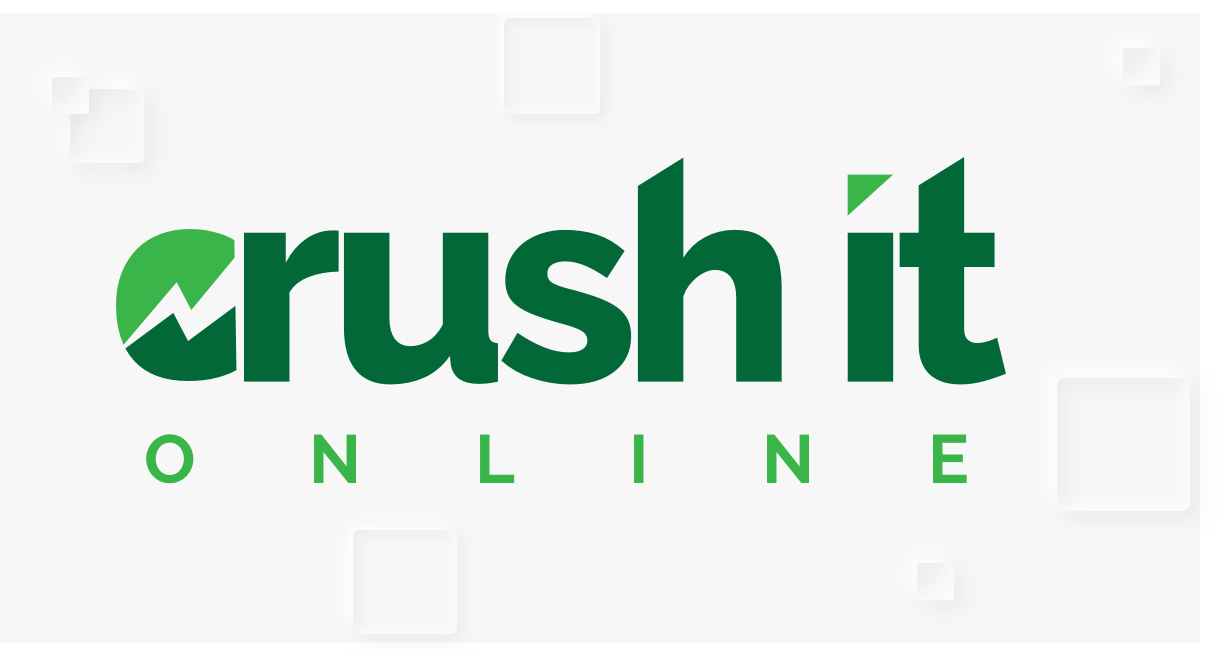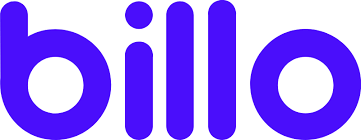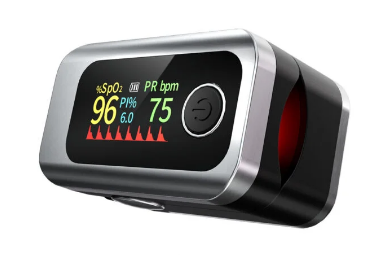Helium 10‘s tools can be loosely categorized into groups that help you complete specific tasks. Some tools primarily help you research products to sell, others help you identify keywords and write effective listings, and the remaining tools help you manage your ongoing advertising, customer contact, products and sales.
Because selling on Amazon is a dynamic process, you’ll find yourself using a tool, like Review Downloader, for example, to research how to design a more competitive product, but then return to use the same tool later to find keywords to revise product listings to match a changing market.
For sellers completely new to Amazon selling, researching products, then keywords makes sense. For sellers who already have products, researching keywords first to optimize listings and ads makes sense. For established sellers with successful products, using the maintenance tools first is the most logical tactic. Still, since the retailer’s job is cyclical, and customers can be fickle, at some point, everyone cycles back to finding a new product to sell.
If you are just starting to use the tools, you can begin with this outline guide, but once you understand the power of each tool, you’ll probably find ways to use the software for different reasons, and in different sequences.
What Tools Do I Use to Research Products?
The gateway tool for most Amazon sellers is generally Helium 10‘s Chrome Extension tool. The extension is free to add to your Chrome browser, and like a Swiss Army knife, contains lots of small, useful tools in one. When the extension tool is enabled, Xray and ASIN Grabber are active on Amazon search pages, while Profitability Calculator, Inventory Levels and Review Downloader are active on Amazon product pages. After you install it, this extension is visible only when you are on Amazon’s website. Open up Amazon in your Chrome browser and locate the icon in the top toolbar.
 Each of these tools help you research products. The first two tools help you do at-a-glance comparisons of similar products that Amazon returns in a specific keyword search, while the remaining tools let you see who is selling a product, how much they are selling, and at what price. Review Downloader lets you quickly scan through product reviews to look for ways to create a more competitive product and/or listing.
Each of these tools help you research products. The first two tools help you do at-a-glance comparisons of similar products that Amazon returns in a specific keyword search, while the remaining tools let you see who is selling a product, how much they are selling, and at what price. Review Downloader lets you quickly scan through product reviews to look for ways to create a more competitive product and/or listing.
Additional product research tools include Black Box and Trendster. These tools are accessed via the main Helium 10 tool dashboard. Like Helium 10‘s Chrome Extension, Black Box is also multi-faceted and allows you to approach product research from a variety of angles. You can search for products by category, by keyword, by competitor ASINs, or by phrases. Each search can be modified using filters limiting monthly revenue, price, reviews, number of sellers, and size among other factors. Trendster lets you investigate and compare potential products using up to four active ASINs and four Keywords.
Which Tools Do I Use to Research Keywords for Listings, PPC and SEO?
One of the things Helium 10 does so well is help you choose effective keywords for your listings, including your title, bullet points, description and backend keywords, and for your PPC ads. Here, there is a logical sequence, and that natural progression is built into the tools. The primary keyword search tools are Magnet and Cerebro.
Most sellers start with Magnet. The purpose is to build a large database of effective keywords to create visibility for your products in response to customer searches. Cerebro helps you find the keywords that are working for your main competitors.
Once you have a database of keywords, you can import them into Frankenstein. Frankenstein sorts them and helps you identify the best keywords for your product, eliminating duplications and general words. You can copy and paste the most common words into Misspellinator to find any misspelled versions that Amazon doesn’t correct for and copy and paste those into your backend search terms. Then, you can import or copy and paste this refined database of keywords into Scribbles to write your title, bullet points and descriptions.
What Tools Do I Use to Ensure My Keywords are Working?
Once you craft the best listing for your product(s), you’ll want to track the effectiveness of your keywords. Keyword Tracker and Index Checker help you monitor whether the keywords are working.
What Tools Do I Use to Monitor My Products and Sales?
Two tools, Alerts and Inventory Protector, help you protect your products from competitor attacks and unexpected sales patterns.
Helium 10‘s customer service email tool, Follow-Up, helps you automate and manage customer communication after a sale.
Profits and Refund Genie help you manage the financial aspects of your Amazon seller business. Refund Genie scans for and reports on lost or damaged inventory for which Amazon may owe you a refund. Profits collects and displays key financial information
When you log into your Helium 10 account, you can learn more about how each tool works by clicking on the Learn button at the top of the screen in the dashboard, or watching the PRO Training videos on the Helium 10 website. The Knowledge Base has step-by-step tutorials for each tool as well.
Lastly, Helium 10 sponsors a Facebook series called “Ask Me Anything” or “AMA” where we explain how to get the most out of the tools.







